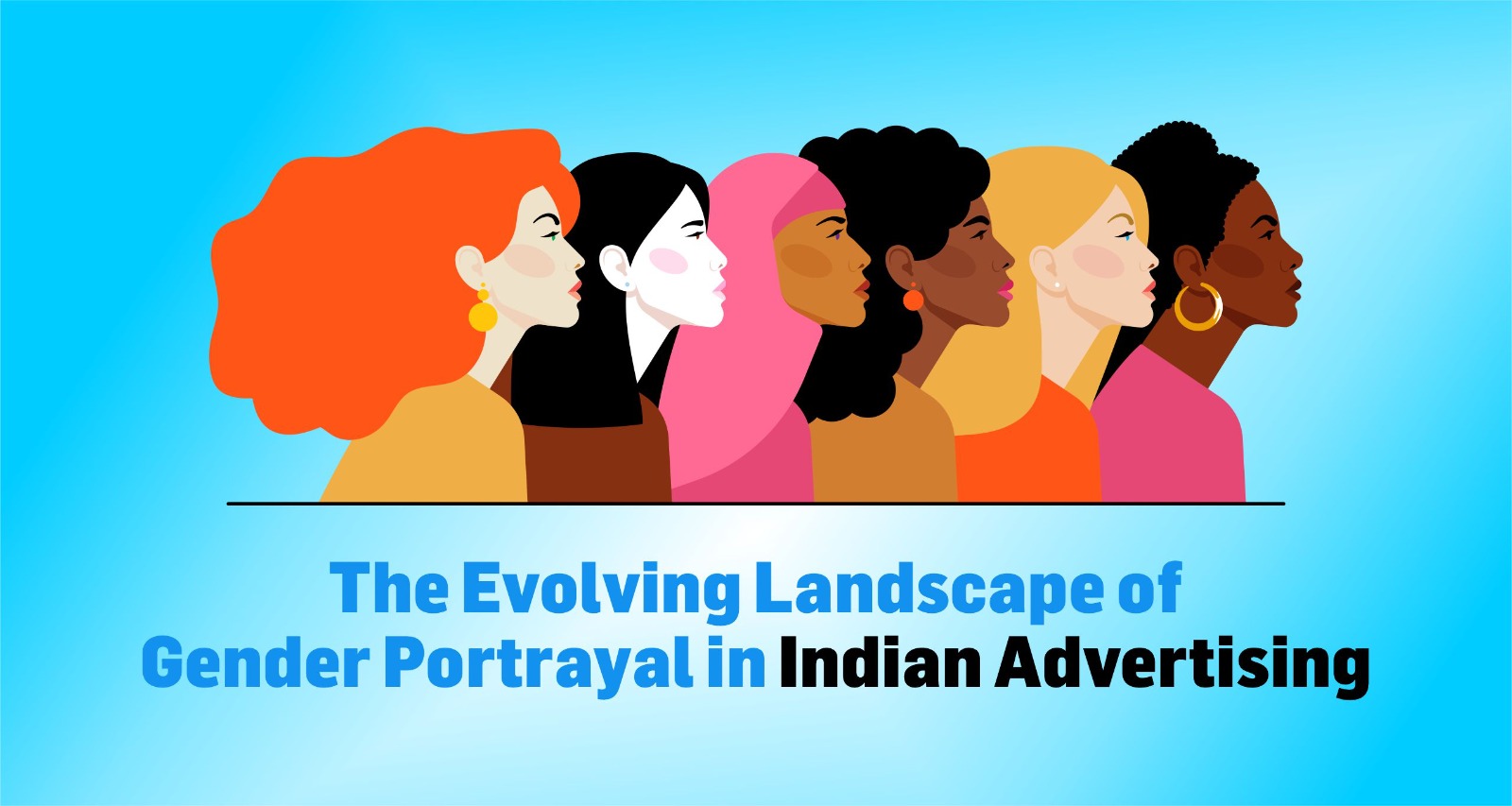
The Evolving Landscape of Gender Portrayal in Indian Advertising
Advertisements play a significant role in shaping societal perceptions and attitudes. Over the years, India has witnessed a transformative journey in the portrayal of women in advertisements. In the past, women were often portrayed as mere decorative pieces, objectified, and relegated to supporting roles. However, as society progressed and gender dynamics evolved, advertisements gradually began to depict women in a more positive and empowering light. This shift in narrative reflects the changing values and aspirations of Indian society. Let’s delve into the portrayal of women in Indian ads from the 70s, 80s, 90s, and beyond to understand this transformation.
The 70s: Objectification and Stereotyping
In the 1970s, Indian advertisements predominantly depicted women as objects of desire, reinforcing traditional gender roles and societal expectations. Advertisements often showcased women in domestic settings, portraying them as perfect housewives catering to the needs of their families. They were portrayed as docile, submissive, and primarily focused on household chores. The emphasis was on their physical appearance, reinforcing conventional beauty standards.

The 80s: A Gradual Departure
The 1980s witnessed a gradual shift in the representation of women in Indian advertisements. While some ads continued to reinforce stereotypes, a few stood out for their attempts to showcase women in a more independent and empowered light. For instance, the iconic Liril soap advertisement in 1985 featuring a vivacious woman enjoying a waterfall marked a departure from the traditional portrayal. It presented a young woman embracing life with joy and exuberance, promoting a sense of freedom and vitality.
The 90s: Challenging Stereotypes
The 1990s brought further progress in challenging gender stereotypes in Indian advertisements. Women began to be depicted as multi-dimensional individuals, breaking away from their limited domestic roles. Brands like Bajaj, Titan, and Amul started portraying women as professionals, entrepreneurs, and leaders, showcasing their competence and independence. The empowerment of women became a recurring theme, emphasizing their accomplishments and ambitions beyond the confines of their homes.

The 21st Century: Celebrating Diversity and Empowerment
In the new millennium, the advertising landscape witnessed a significant shift toward portraying women in a more authentic and diverse manner. Brands started embracing body positivity, showcasing women of different sizes, shapes, and ethnicities. Advertisements began to focus on celebrating women’s accomplishments, their professional achievements, and their contributions to society. The narratives shifted from solely promoting products to empowering women and promoting inclusivity. In recent years, Indian advertisements have embraced a more inclusive and diverse representation of women. Brands like Dove, Tanishq, and Whisper have launched campaigns highlighting body positivity, women’s achievements, and breaking taboos. These ads have played a crucial role in challenging societal norms and encouraging women to embrace their individuality and pursue their dreams.
Conclusion
The evolution of women’s portrayal in Indian advertisements reflects the changing societal attitudes and aspirations. From being mere decorative pieces in the past, women now occupy a central and empowered position in advertisements. Advertisers have recognized the importance of promoting positive role models and challenging stereotypes. While progress has been made, there is still room for improvement. The continued efforts to showcase women in diverse and empowering roles will contribute to a more inclusive and equitable society. By celebrating the achievements and aspirations of women, Indian advertisements have the power to inspire and shape a brighter future for all.

About Author
Smarak Bakshi is a copywriter at Sanket Communications. He is passionate about advertising and marketing trends. And aims to simplify the many intricacies that run the advertising and marketing world. When he’s not working, you’ll find him buried in a book or watching mind-bending thrillers.




